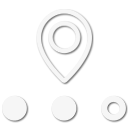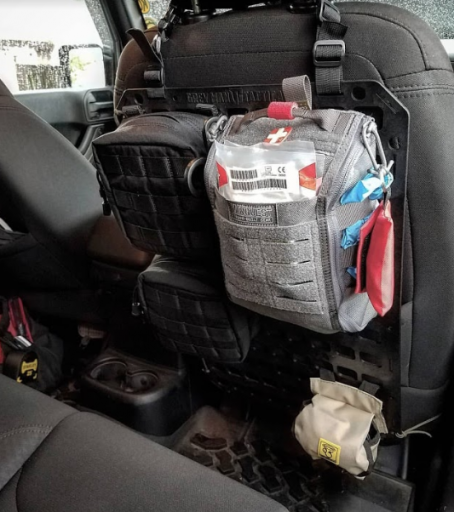I'll just share, this is the kit I just put together for my cross country trip and the kit that will stay with the truck for many adventures to come. Grabbed a first aid pouch from Amazon since I already had most of the supplies on hand from work.
Top is Trauma: HyVent Chest Seals, Israeli Bandage, Combat Gauze, Celox Granuals, Saljets, CAT Tourniquet, Gloves, Cold Pack, Wound Closure Strips, Petroleum Gauze, Gauze Pads, CPR Mask, Shears.
Middle: I'm a huge fan of the Adventure Medical .7 kit. I grab this out of here for hikes or other activities I don't want to take this whole kit on. I've expanded some of the medication in this kit, but other than that its got just about everything you could need up to major trauma. This is where the medications, moleskin, band aids, creams, and ace bandage live, among other things they've managed to stuff in there. Behind it is their dental medic kit as well. The rest is another trauma bandage, betadine, oral and nasal airways, oral IV, bug spray, duct tape, and a triangular bandage.
The bottom pouch is a hodge podge of hygeine and other items that weren't in the Adventure Medical Kit or didn't fit cleanly elsewhere. Single use tooth brushes, hand wipes, floss, hydrocortisone packets, burn cream packets, sunscreen packets, ammonia inhalants, chapstick. Last but certainly not least, instant coffee packets!
Like many others have said, first aid kit is only as good as your training. This kit has everything I feel comfortable using, right up to my level of training. While I'd love to have sutures and other goodies, I'd do more harm than good even in the most exigent circumstance.










